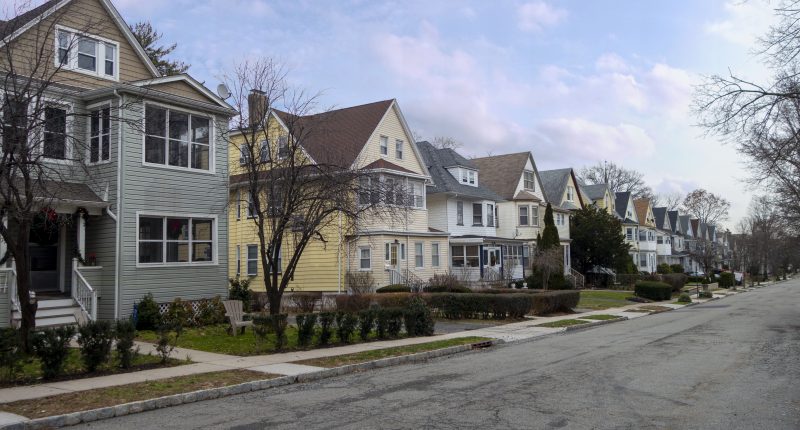HOMEOWNERS could be able to build a seven storey extension to their properties without needing planning permission, under new proposals.
Government plans to encourage “gentle densification” would see residents being able to band together to vote on allowing extensions, basements and loft conversions along entire streets at once.
The so-called “street votes” plan consultation would allow residents to vote on what they and their neighbours can build in an attempt to encourage them to consent to development, which could ultimately increase house prices.
Levelling up secretary Michael Gove, is an advocate of the street votes initiative and he ensured it was included in legislation passed in 2022.
The department has now set out detailed plans on when street votes can be held and is asking for the public to air their views.
In the consultation, it states local votes “will encourage residents to consider the potential for new development on their streets and are intended to deliver additional or more spacious homes in places where they are needed most.”
Read More on Property
Any vote would not be a referendum on individual planning applications, but general design proposals put forward by residents allowing all households in the area to build certain types of development.
Along with six design principles including “a gradual evolution in the character of neighbourhoods”, “celebrating heritage” and preserving green space, ministers are advocating that the street vote plans meet a series of requirements.
In rural or less-densely populated areas, extensions of up to two storeys will be in scope, plus a third mansard or dormer storey.
Progressively more storeys will be permitted in higher-density areas, with those over 120 residents per hectare, a level typically exceeded in city centres, allowed five extra floors, plus two additional mansard or dormer storeys, The Times reports.
Most read in Money
The former head of housing at the think tank Policy Exchange Ben Southwood, who was instrumental in getting the idea adopted, said the seven-storey provision was “designed for those pockets where you can find two-storey infill among seven-storey Victorian buildings to bring them to the level of the area”.
Officials say that only a small number of streets with the largest properties are likely to be suitable for seven extra storeys.
Rear extensions will also be allowed under the proposals, but cannot go beyond 25 per cent of the existing distance to another property.
While this would allow building over parts of gardens, advocates of the scheme want to ensure this does not lead to a loss of green space and are considering a requirement for offsets such as roof gardens on extensions.
Residents will also be able to dig one-storey basements.
Under the proposals, if at least 20 per cent of residents or at least ten householders submit a proposal for a street plan, and the Planning Inspectorate accepts it meets the requirements, the council must hold a binding local vote on whether to adopt it.
At least 60 per cent of resident must vote in favour.
This would be done by a postal vote, where residents eligible for local council elections would be eligible to cast a ballot.
This would exclude absentee landlords, officials say.
Southwood said that “people will have to go to the most popular kind of design to get approval”, but he expressed disappointment that the consultation had included “a lot of restrictions we did not envision” such as requirements for environmental impact assessments in some cases.
He added there was “a lot of potential” in the idea of street votes, arguing that their use was likely to expand over time.
The consultation also adds that “the value of property may increase as a result of a street vote development order, so there is an incentive for homeowners to work with their neighbours to prepare one”.
Under the proposals though listed buildings, national parks, areas of outstanding natural beauty, sites of special scientific interest and green belt land would all be ineligible for development by this method.
Ministers are also reportedly considering excluding all buildings built before 1918, while newer infill buildings within 100 metres of older housing would be limited to four extra storeys.
Semi-detached houses would have to be developed in pairs.
READ MORE SUN STORIES
A spokeswoman for the Department of Levelling up, Housing and Communities said: “We want communities to have a say on future development in their areas — which is why we are seeking views through this consultation — as we develop our street votes policy.
“Our proposals, which could only be used with local support, include safeguards to help ensure development is in keeping with the local area and does not significantly affect neighbouring streets.”












